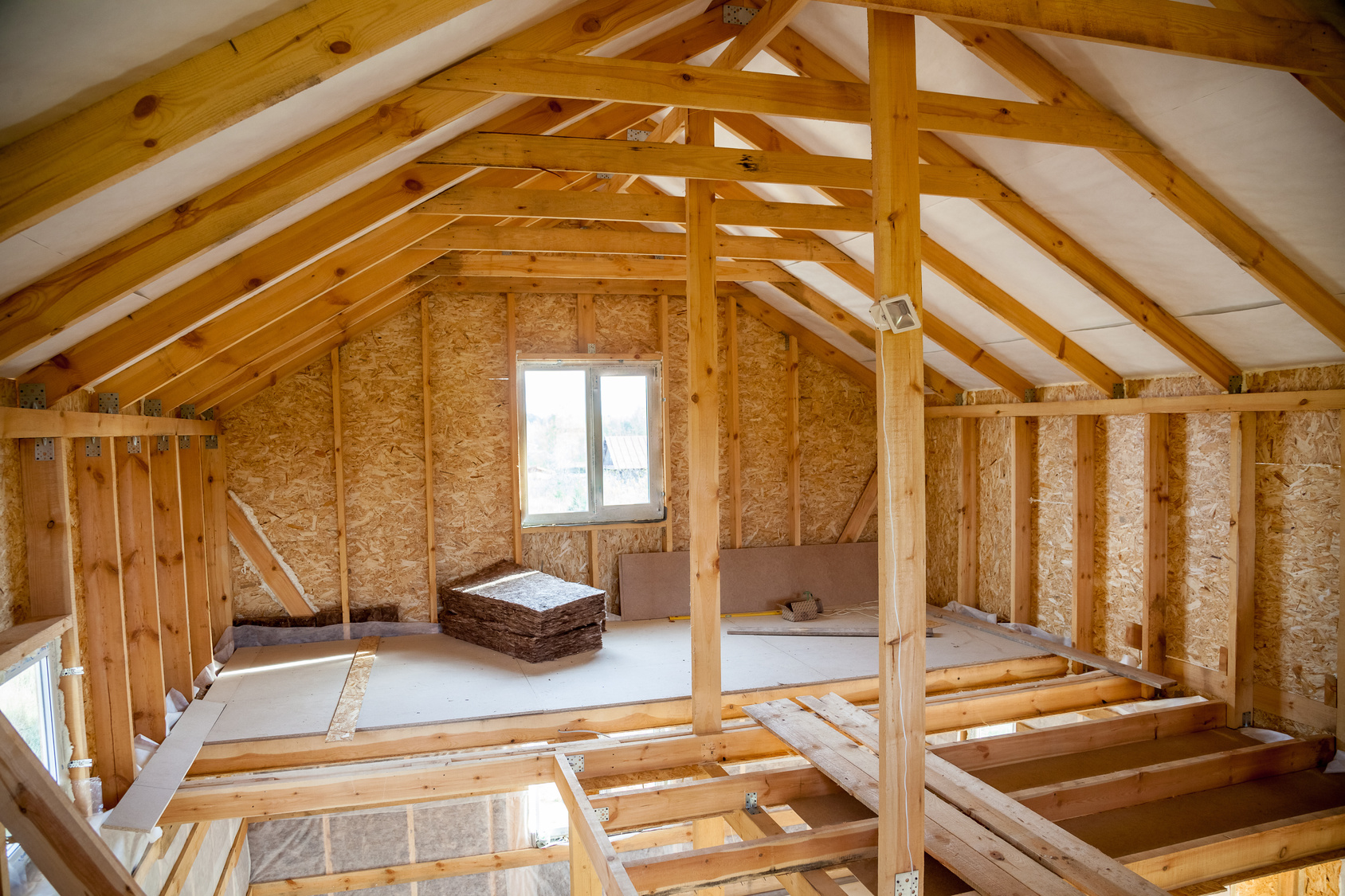Making homes moreenergy-efficientshould be a priority for all homeowners. Not only do energy-efficient homes reduce utility bills, they also lower greenhouse gas emissions. This has an impact reducing the effects of climate change locally and around the globe.
In terms of cost-effectiveness, insulation is a practical solution for many homes. According toENERGY STAR, it can save homeowners an average of 15% on heating and cooling costs.
But what type of insulation should you choose?
Let’s take a closer look at two popular options: foam insulation and fiberglass.
Foam Insulation a Better Fit
Forconserving energy at home、喷雾泡沫比fi是优越的选择berglass.
The purpose of insulation is to keep the house warm during winter and cool during summer. It does this by reducing the flow of heat goingoutsideor into the building.
Fiberglass works by trapping air inside tiny glass fibers. The problem with fiberglass, however, is that installation is easy to mess up.
Since fiberglass batts come in pre-cut widths they have to be customized to fill nooks and crannies of attics and walls. This is a labor-intensive task, especially for homeowners who prefer to do the installation by themselves.
Foaminsulation, on the other hand, doesn’t have this problem. It can be sprayed directly into even the tiniest cracks and crevices.
Spray foams also have soundproofing features and allergen-blocking capabilities. This is great for those who suffer from allergic conditions and respiratory problems.
Fiberglass: Affordable and Widely-Available
What makes fiberglass attractive to home builders is its cost and versatility. It’s extremely budget-friendly and comes in a variety of types and performance levels.
Unlike spray foams, fiberglass is also easier to install. You can even do it yourself. A professional, however, will know how to cut the batts or rolls carefully so they fit around obstacles such as power sockets.
If you really want to cut costs and install fiberglass yourself, make sure you wear protective gear. Small particles of fiberglass can cause skin irritation. Inhaling the particles can also cause respiratory ailments.
Consider Your Priorities
Spray foams and fiberglass both have their advantages and disadvantages. With foam, you know that you’re getting superior insulation with fewer chances of air leaks but you’ll be paying more in terms of upfront costs.
It’s also not a DIY project. You’ll need a professional to spray the foam and the process is longer.
For fiberglass, you get to save money on the initial cost since you can install it yourself. You just have to be careful since any error in installation can cause leaks. These mistakes will affect how your house retains heat during winter and keeps cool during summer.
You also have to consider durability. Fiberglass degrades over time, so you have to replace it periodically. Foam insulation has an estimated lifespan of 80 years. It can insulate your home for longer and you won’t have to reinvest anytime soon.










